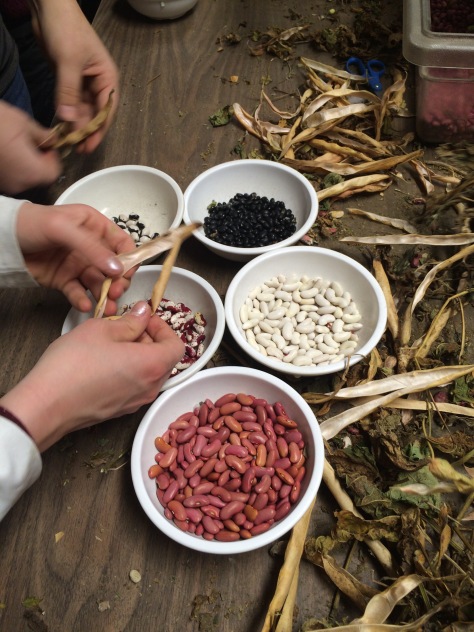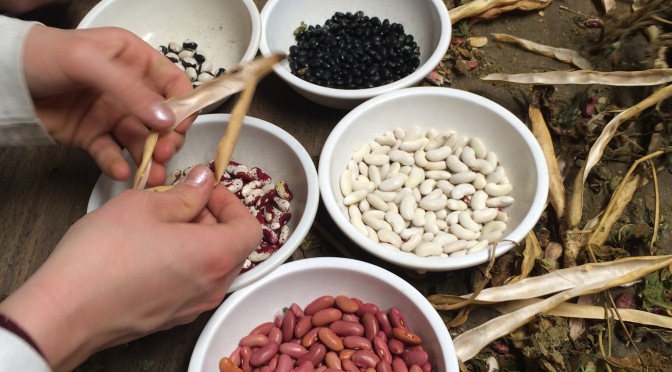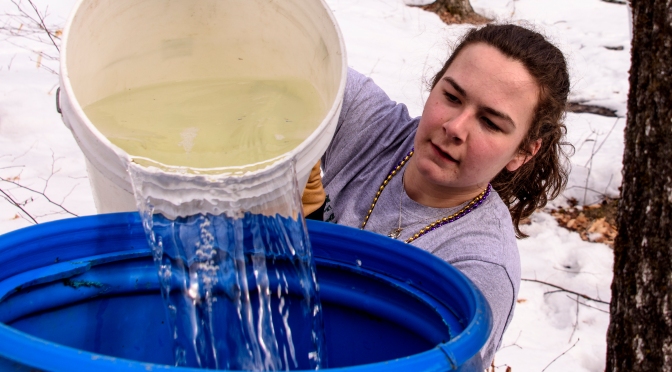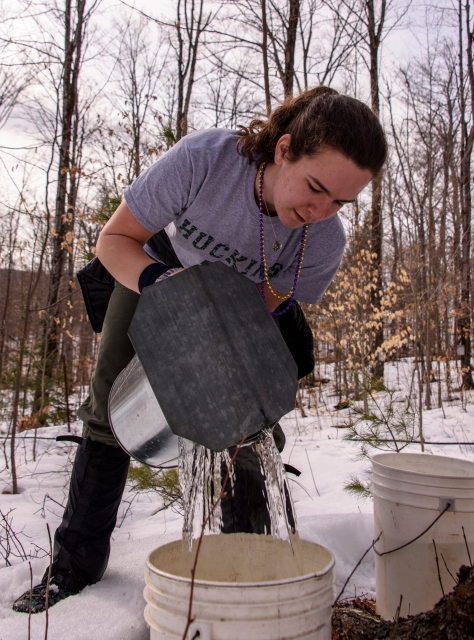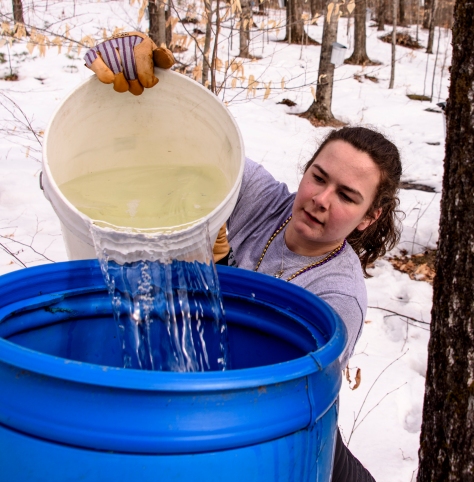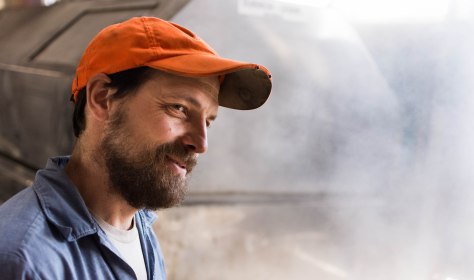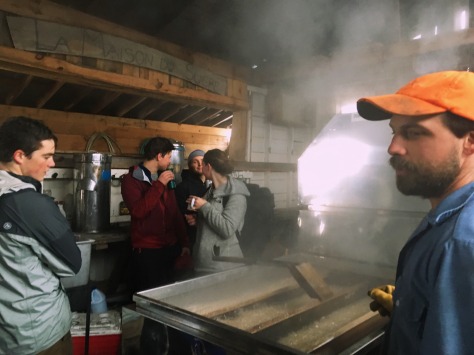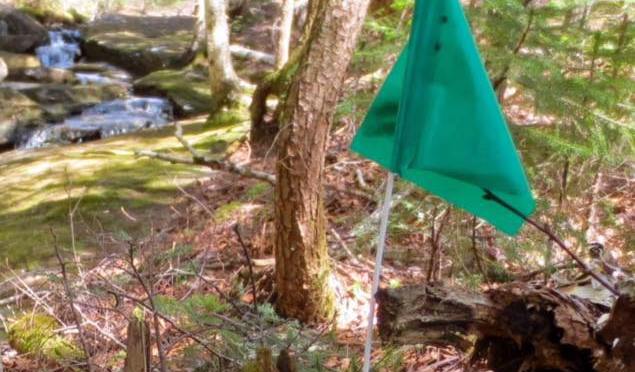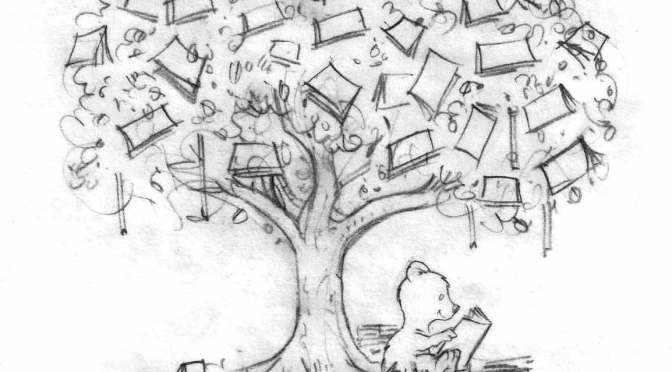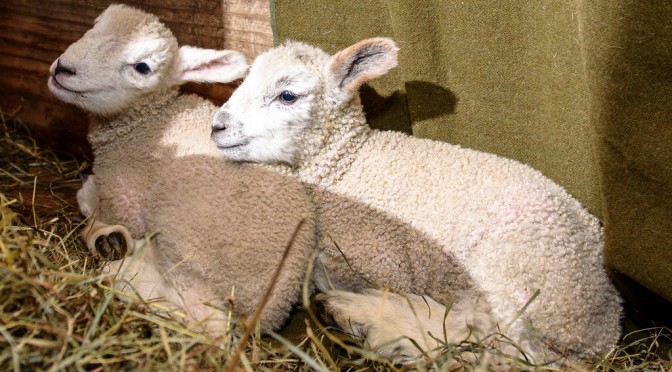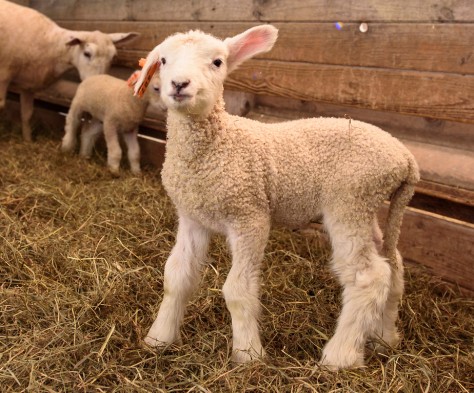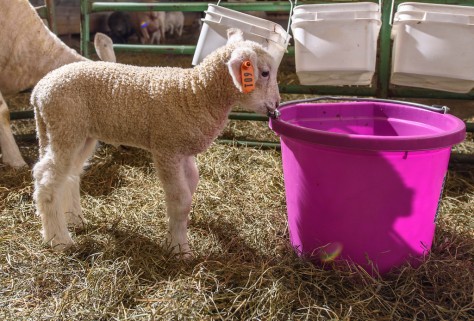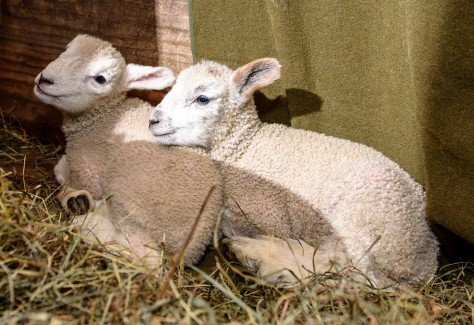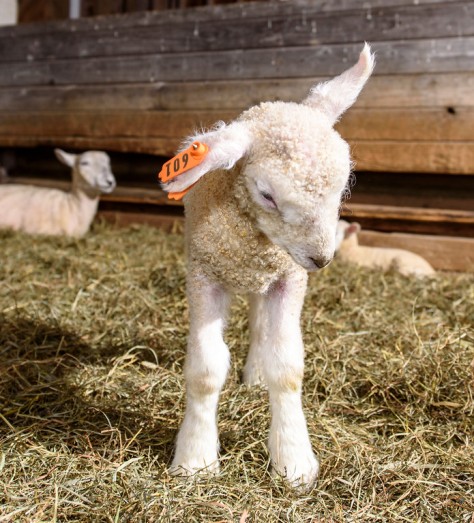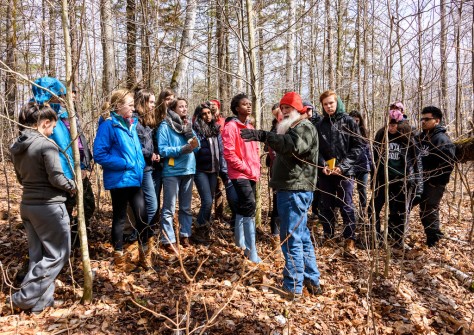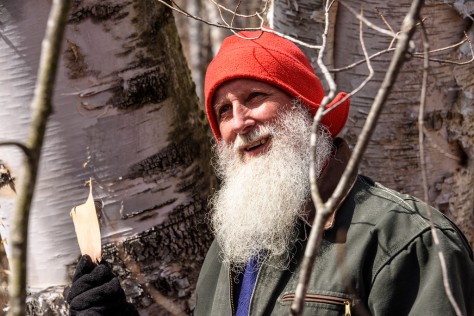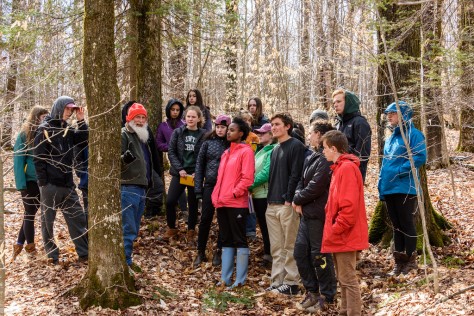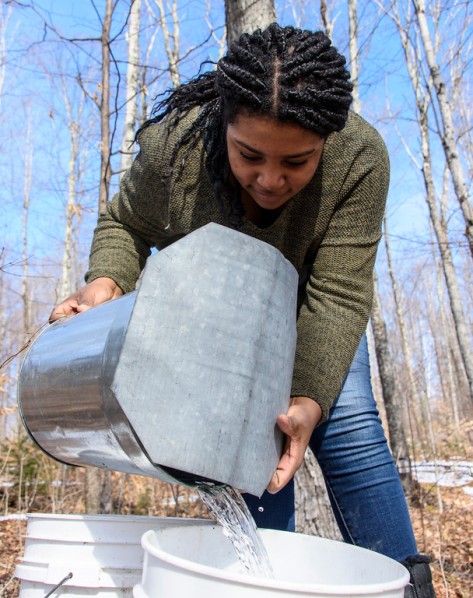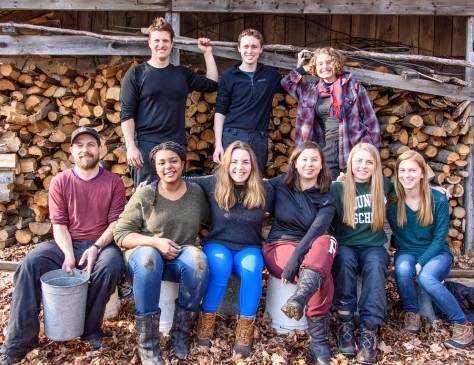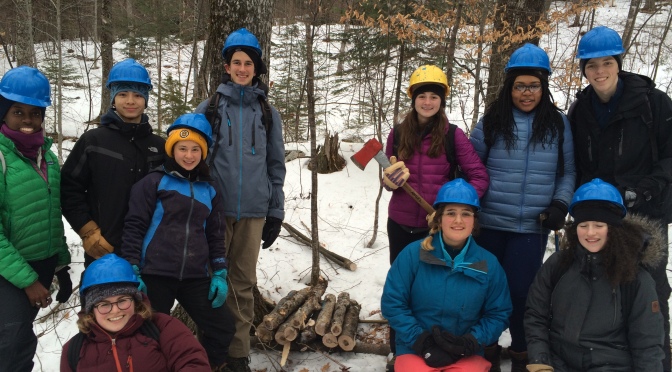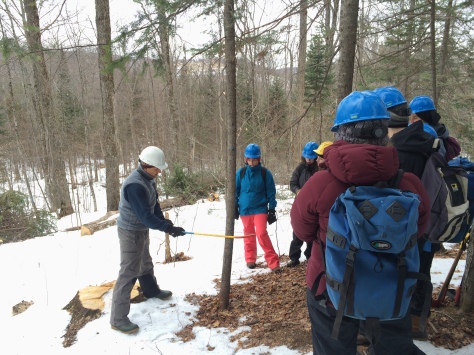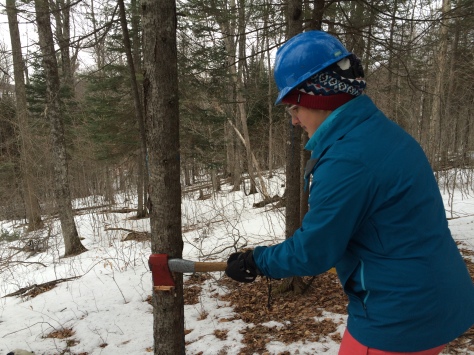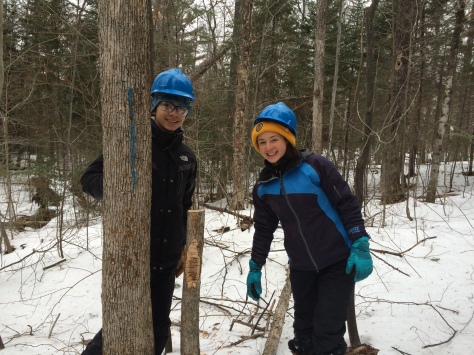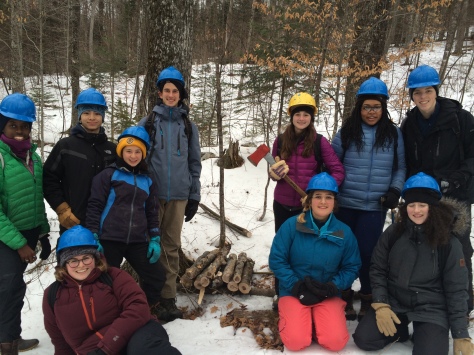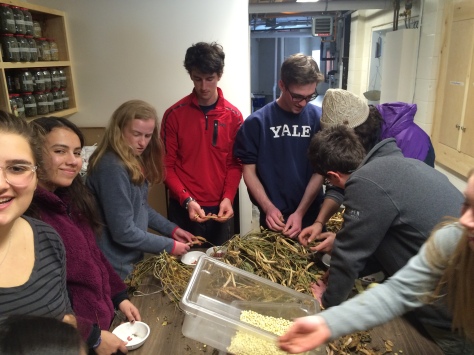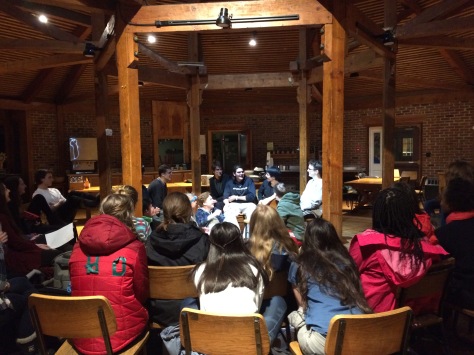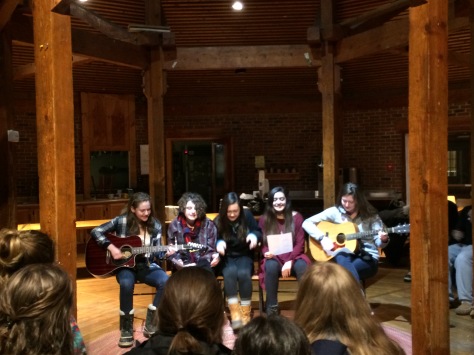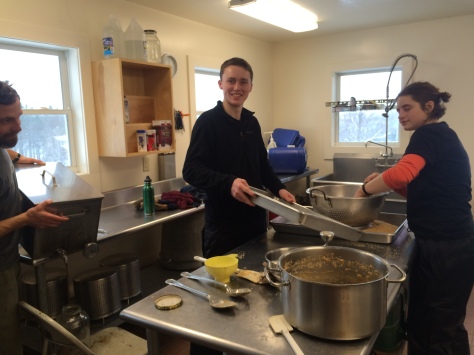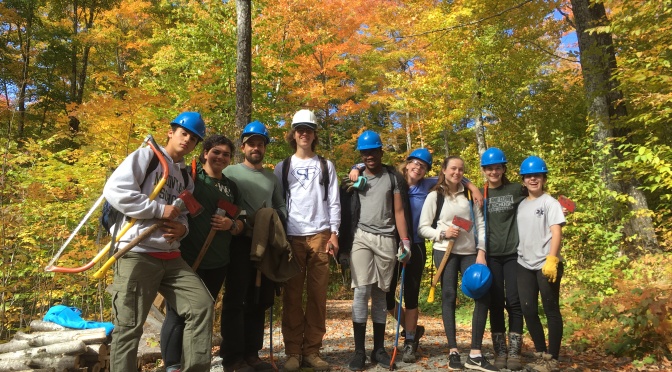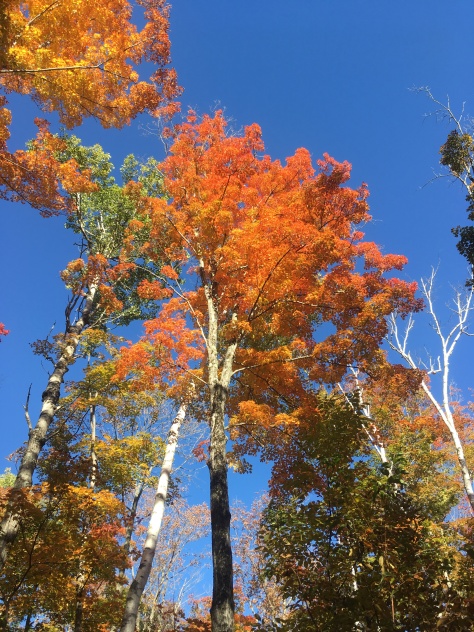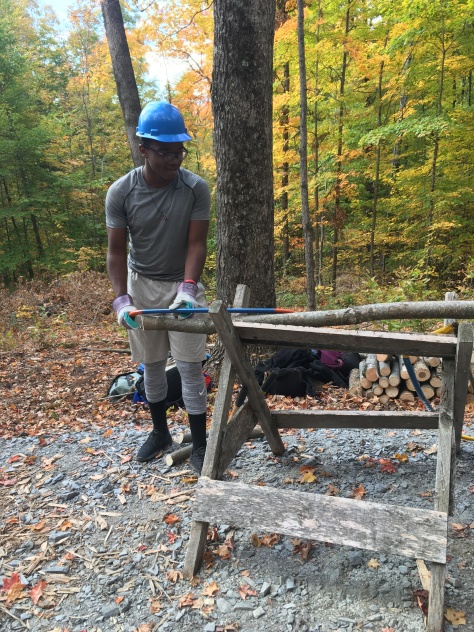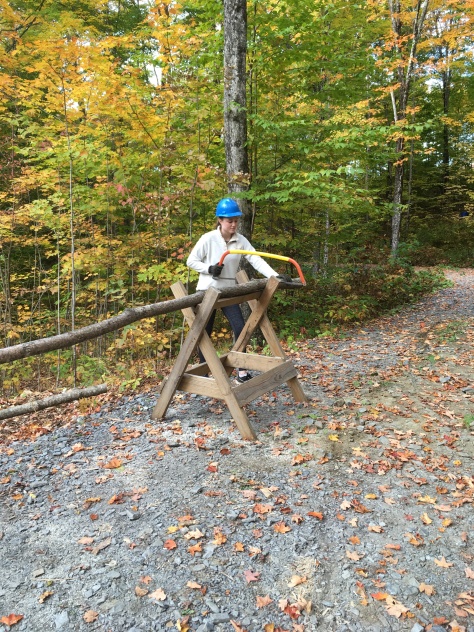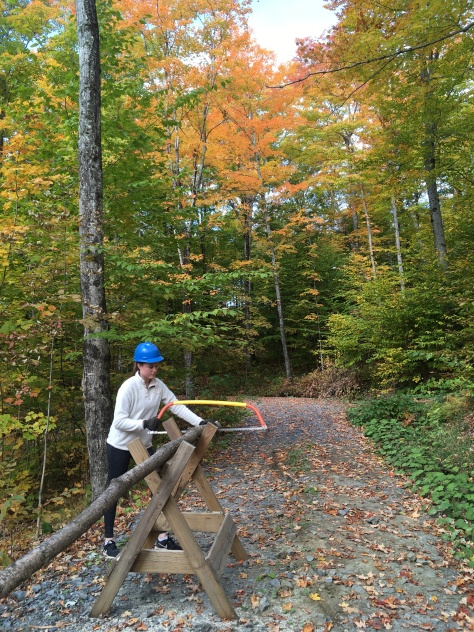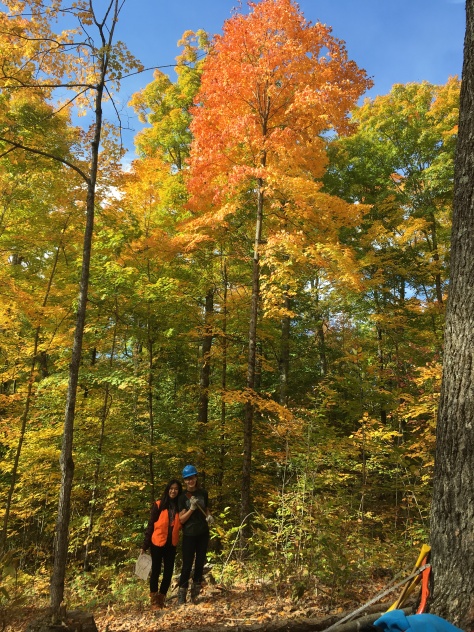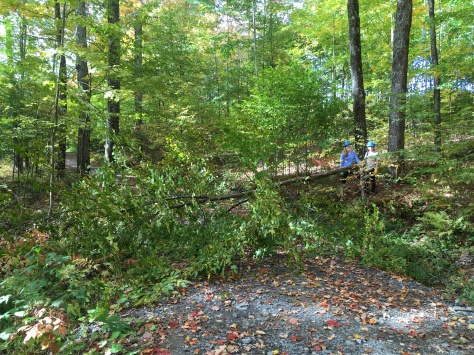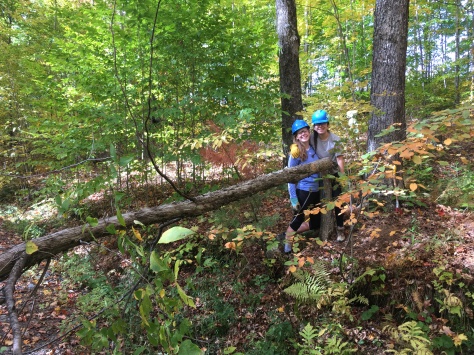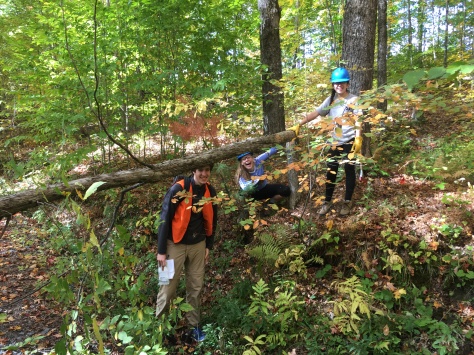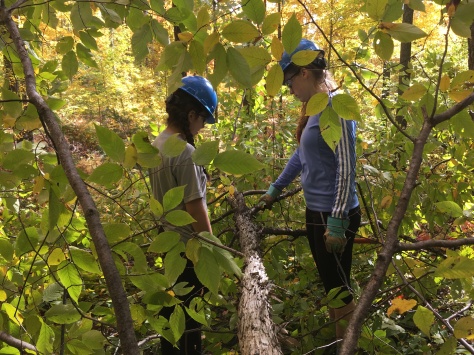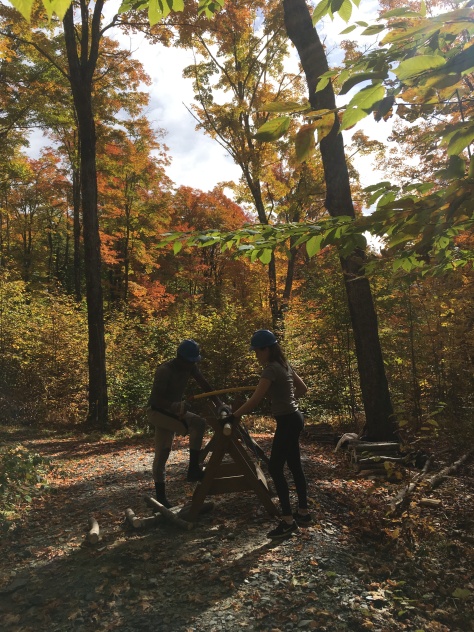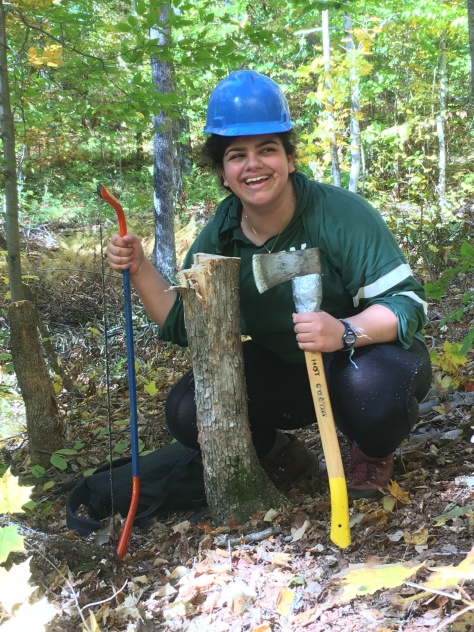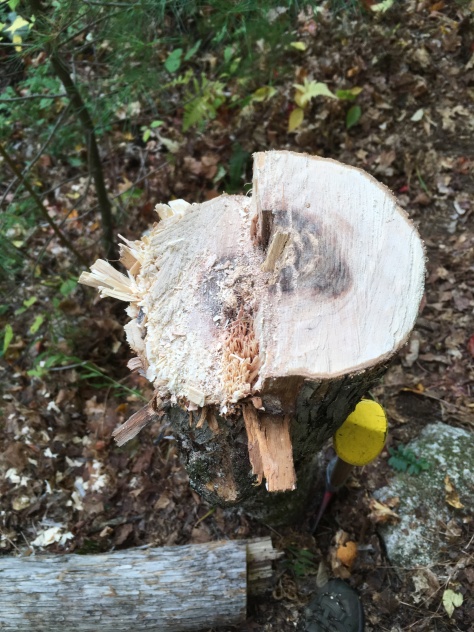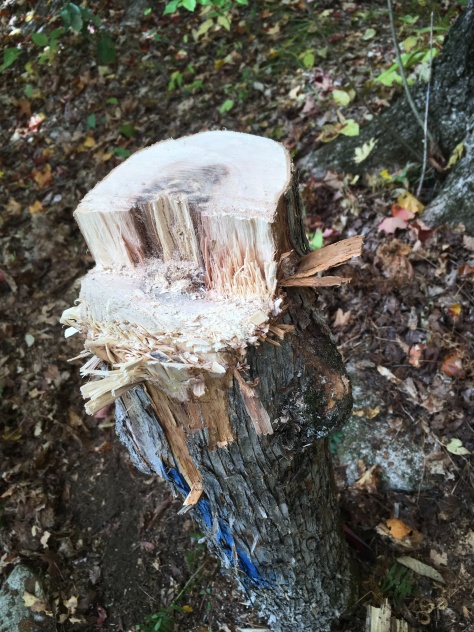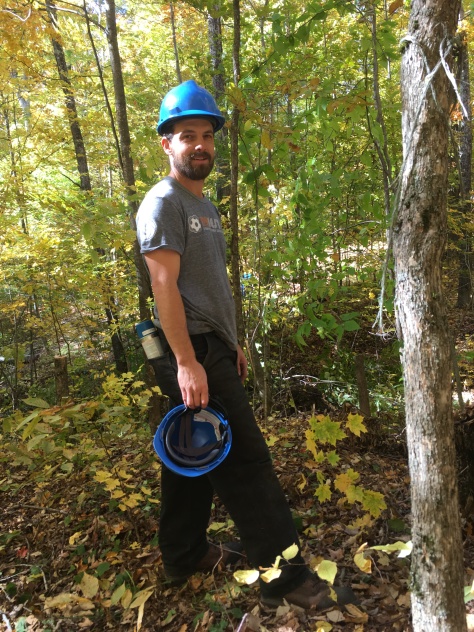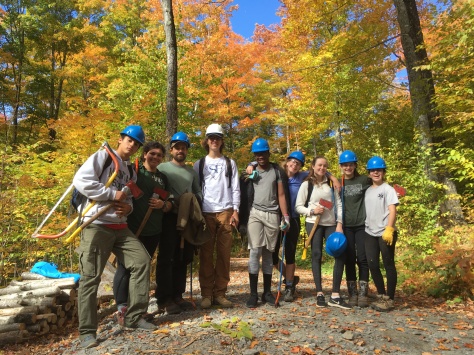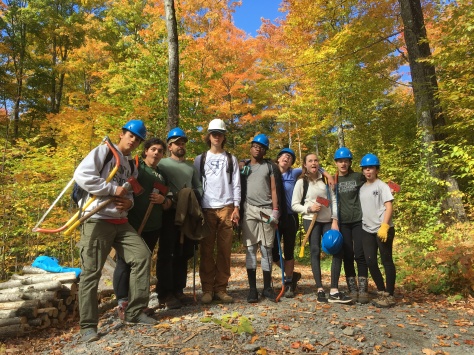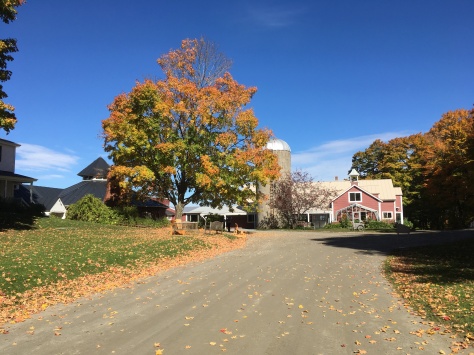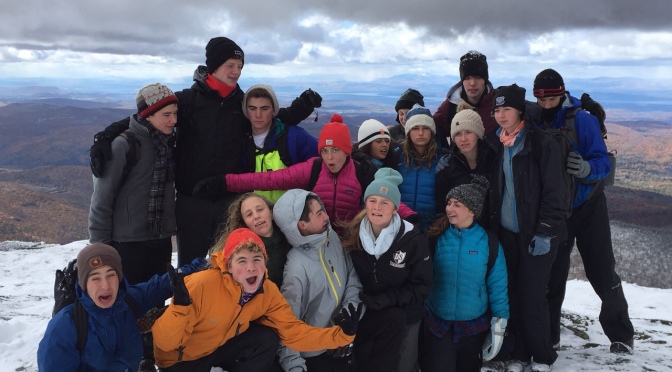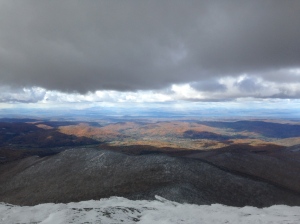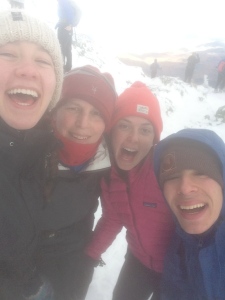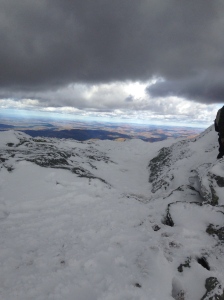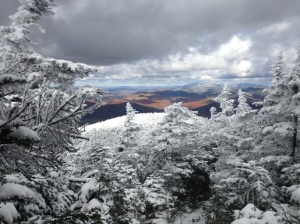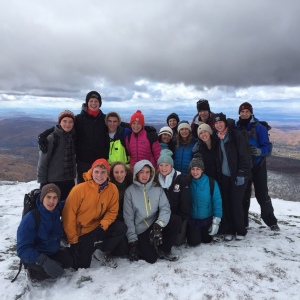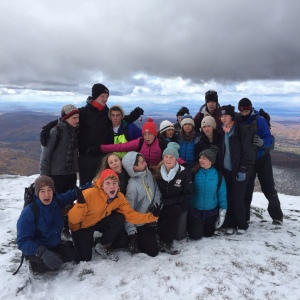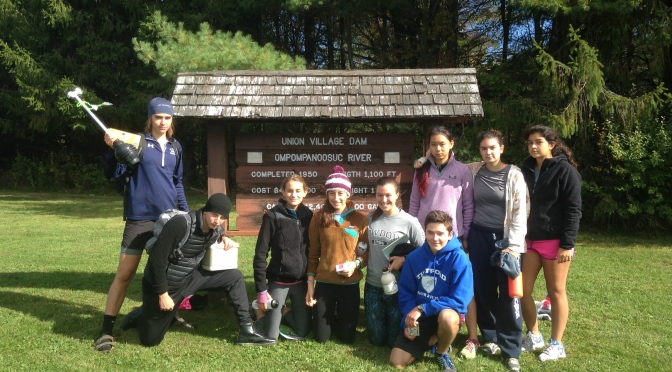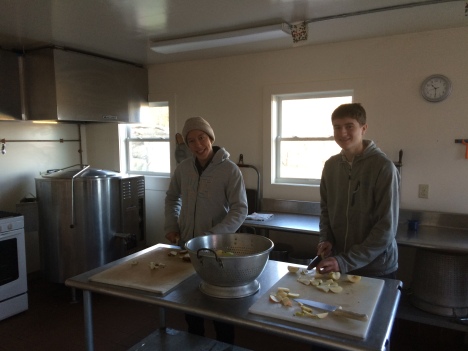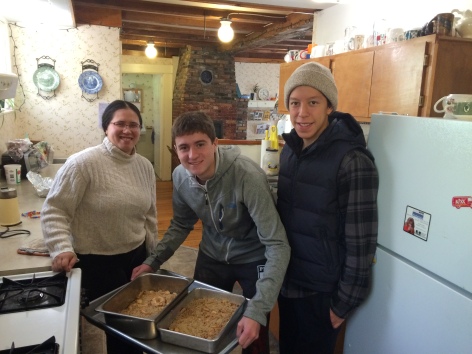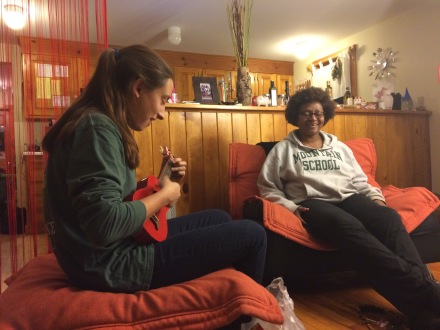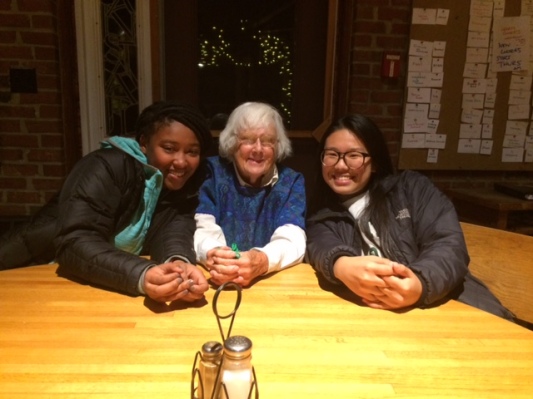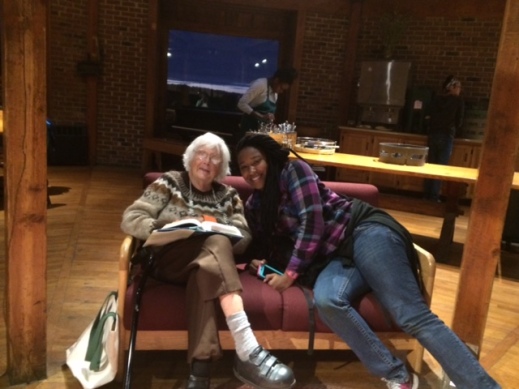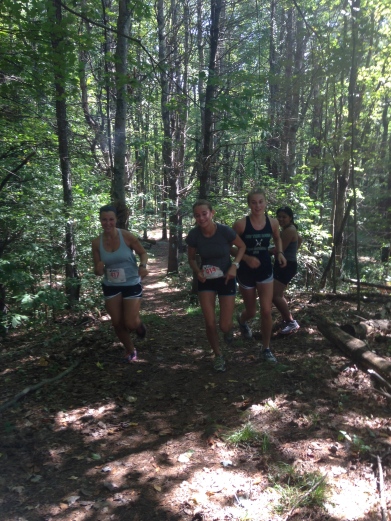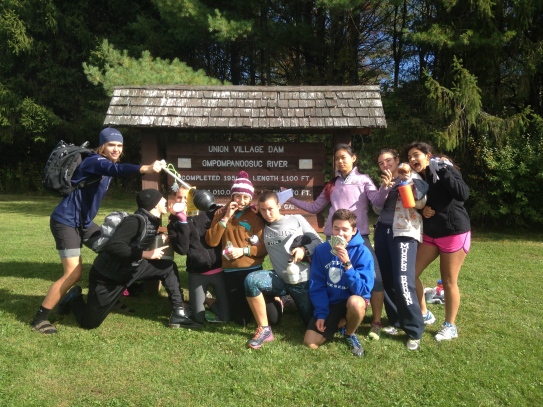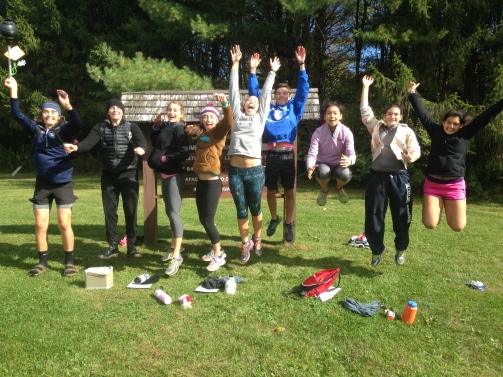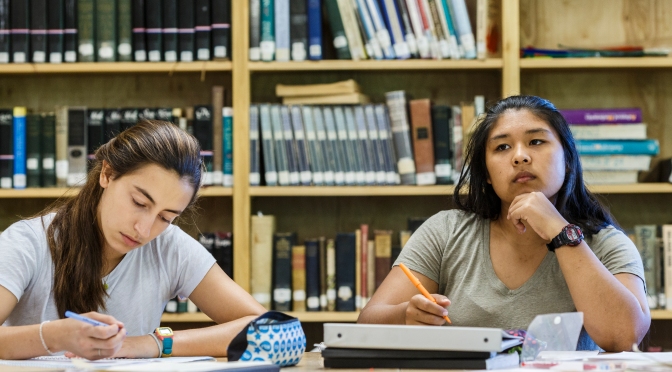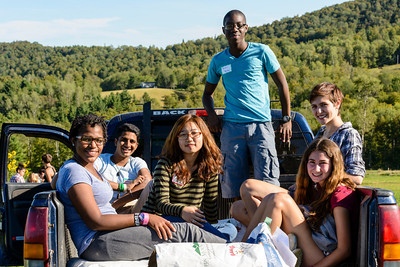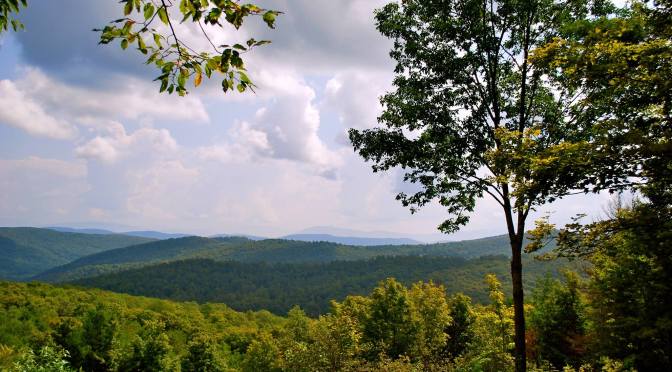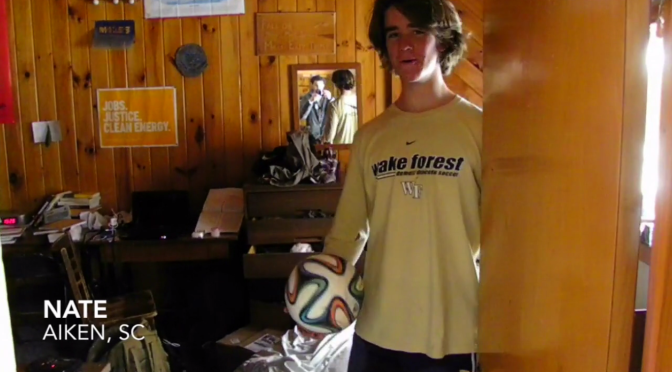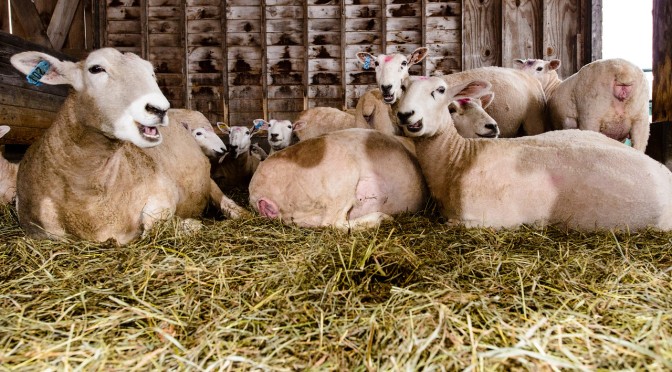Friendship:
It is striking how often my time at The Mountain School comes to mind. The most salient of my memories from Vershire have yet to fade or fracture even the slightest. But, more importantly, neither have my friendships. In fact, they seem to have deepened since our semester’s end in the December of 2013 even though my particular circumstances were anything but traditional. I was unable, until recently, to reunite with my comrades regularly because an ocean and a continent stood in my way. My residence at the time, you see, was that mildly famous port city of Shanghai.
I often wonder why it is that unlike so many of my other relations, which dissipated rather swiftly when challenged by the Atlantic, my Mountain School friendships emerged from the confrontation stronger. The answer is intimately linked with the type of culture incubated at The Mountain School: one that extinguishes restraint and guardedness from the process of relationship building. The impermanence and transience of the experience forces a raw connection. If one hopes to have a meaningful “Mountain School experience,” one cannot simply passively await an intimacy with peers, teachers, ideas, or the Green Mountains. That sort of intimacy must be earned. Effort, of course, is necessary, but more important is risk. Vulnerability.
At the Mountain School, I tried to always present myself as exactly who I was because I didn’t have time to be anybody else. I sense that my fellow Mountain Schoolers did the same. Unparalleled mutually assured authenticity — that’s why my Mountain School friendships, even though they were developed in only four months, are stronger than any other friendships I formed in high school.
Learning:
The Mountain School, more than anything, was the perfect opportunity to escape the grip of traditional dogmatic education. I wanted something more from school. I wanted to struggle with the complexity of systems, the reconciliation of contradictory identities, and with “my place in the family of things,” to borrow from Mary Oliver.
The Mountain School taught me to delineate various forms of learning: the acquisition and application of practical skills, the quest for abstract truth, the search for personal truth, and the development of a cross-disciplinary factual foundation. The objective-oriented, percentage-worshipping environment that I had spent two years immersed in ignored the first three forms of learning and focused obsessively on the last. Important as a factual foundation is, an unhealthy fixation with it can silently and subconsciously kill off any “passion for learning.” It was a love that I did not even know I had lost until I began to regain it at the Mountain School, delivering Wordsworth from Library Hill, listening to Back Brook tell her story, and spending long hours discussing the nature of legacy only to arrive at no particular conclusion.
The Mountain School stresses personal truth as an individual lens through which to interpret abstract truth. A factual foundation merely informed these truths. Nothing more. Practical skills — work ethic, trust, task completion, dependability — are developed through the labor program and supplemented our intellectual growth with simultaneous character and community building.
This pedagogy has impacted me so much so that I’ve based my gap year upon it, building a school in San Francisco influenced, in part, by Mountain School values.
The learning, I should add, was the most difficult part of my transition home. I never did readjust to the teaching philosophies my home school engaged in. It’s ok though; I never wanted to.
Nature:
A friend from the Mountain School asked me an interesting question the other day: “How do you think living in a world where it is increasingly difficult to see the stars changes us?”
I said: “Historically, stargazing has been intimately linked with developing man’s capacity for wonder, dream and imagination. So maybe the decreased visibility of stars correlates with a decrease in wonder and imagination.”
Here was my friend’s answer: “Some people say that the stars are phenomena that make us feel smaller. So, I suppose we are slowly losing perspective on our mortality. But I don’t always feel unimportant and perishable when I look at the stars. Instead I feel in love with nothing in particular. When a sky is covered with stars, I fall in love a million times over by looking up.”
It’s hard to quite explain in exact terms the feeling one has in rural Vermont while looking out across an endless expanse of rolling hills, treetops tinted by sunset, or stars in the night sky. Staring into the face of a mountain that was born from continental collision is not only humbling but also intensely unsettling. It’s odd, though, because simultaneously, one “falls in love with nothing in particular a million times over.” Somehow, the human habit of curiosity begins to take hold. How vast is this universe really? How far does my affection travel? The true infinity of possibility sets in.
Now that I think of it, there does exist a term for this feeling: inspiration.
Nature is inspiring. The Mountain School reminded me of this.
Final Thoughts:
As far as I can tell, for the intrepid few who dare journey to Vershire, The Mountain School orients us towards a life of authenticity rather than superficiality, self-fulfillment rather than external validation, and inspiration rather than egotism and apathy.
In retrospect, I keep being drawn to the same conclusion: The Mountain School was, is, and always will be, a necessary part of my life.
-P.R. F’13
